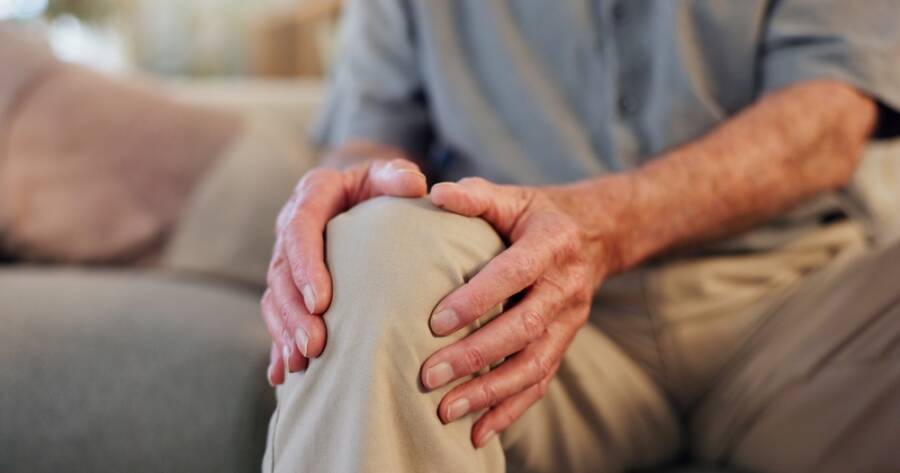Knee pain is a common issue affecting millions of Americans. Whether caused by arthritis, injury, or overuse, knee pain can interfere with daily life and limit mobility. Fortunately, many treatment options are available to help manage discomfort and improve function. From simple lifestyle changes to advanced medical treatments, understanding what really works can help you find relief and maintain an active lifestyle.
Lifestyle Modifications
Making small changes to daily habits can significantly reduce knee pain. Maintaining a healthy weight is one of the most effective ways to relieve pressure on the knee joints. Losing even a few pounds can decrease strain, especially for those with osteoarthritis.
Wearing supportive footwear can also make a difference. Shoes with proper cushioning and arch support help align the body correctly, reducing stress on the knees. Avoiding high heels and worn-out sneakers can prevent additional discomfort.
Another key lifestyle adjustment is avoiding activities that put excessive strain on the knees. High-impact exercises like running may worsen pain, while low-impact activities such as swimming or cycling can keep the joints moving without added stress.
Physical Therapy and Exercise
Exercise and physical therapy play a vital role in managing knee pain. Strengthening the muscles around the knee provides better support and reduces stress on the joint. A physical therapist can create a customized exercise plan based on individual needs.
Stretching is equally important. Gentle stretches improve flexibility and prevent stiffness, making movement easier. Balance exercises can also help stabilize the knee, reducing the risk of falls or further injury.
For people with mild to moderate knee pain, low-impact activities such as walking, yoga, or water aerobics can help maintain mobility while minimizing stress on the joints.
Medications for Pain Relief
Several medications can help manage knee pain, depending on its severity and cause. Over-the-counter pain relievers such as acetaminophen and ibuprofen are commonly used to reduce pain and inflammation. These medications can provide short-term relief but should be used as directed to avoid side effects.
For more persistent pain, doctors may prescribe stronger anti-inflammatory drugs or topical creams that can be applied directly to the knee. Some people also find relief with supplements like glucosamine and chondroitin, though their effectiveness varies.
Injections and Advanced Treatments
When medications and physical therapy are not enough, injections can provide additional relief. Corticosteroid injections help reduce inflammation and pain, offering temporary relief for several weeks or months. However, they are not a long-term solution and may become less effective over time.
Another option is hyaluronic acid injections, which provide lubrication to the joint. This treatment is often recommended for people with osteoarthritis and may improve mobility.
For those with persistent knee pain, regenerative treatments such as platelet-rich plasma (PRP) therapy or stem cell injections are gaining popularity. While research is still ongoing, some patients report reduced pain and improved function after these treatments.
Surgical Options
When other treatments fail, surgery may be necessary to relieve knee pain. Arthroscopic surgery is a minimally invasive option that allows doctors to remove damaged tissue or repair minor issues within the knee joint. This procedure is often used for meniscus tears or early-stage arthritis.
For severe knee damage, partial or total knee replacement surgery may be required. A knee replacement involves removing damaged cartilage and replacing it with an artificial joint, which can significantly improve mobility and reduce pain. Recovery takes several months, but the results can be long-lasting.
Finding the Right Treatment for You
The best treatment for knee pain depends on its cause, severity, and individual health factors. For some, simple lifestyle changes and physical therapy may be enough, while others may need medications or injections. In more severe cases, surgery could be the best solution.
Consulting a doctor or physical therapist is the best way to develop a personalized treatment plan. With the right approach, most people can find effective relief and continue enjoying their daily activities with less pain.
